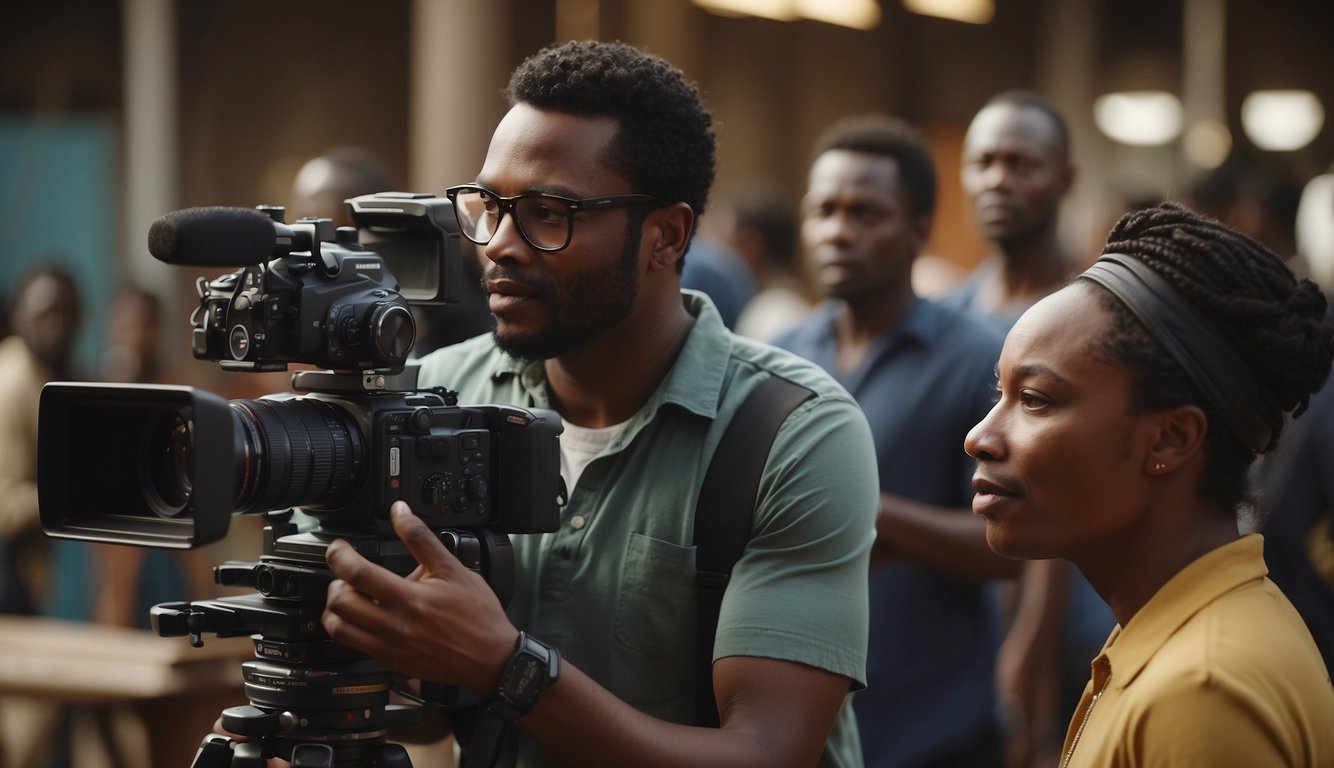If you’re interested in documentary filmmaking but have no idea where to start, you’re not alone. With so many different approaches and techniques, it can be overwhelming for beginners to know where to begin. However, with a little bit of guidance and practice, anyone can learn the basics of documentary filmmaking.
First, it’s important to understand what documentary filmmaking is all about. At its core, documentary filmmaking is about telling a story through film that is based on real-life events, people, or issues. This means that your focus should be on capturing the truth and presenting it in a compelling way that engages your audience.
To get started with documentary filmmaking, you’ll need to have some basic equipment, including a camera, microphone, and tripod. You’ll also need to learn the basics of shot composition, lighting, and sound design. With these tools and techniques in hand, you’ll be ready to start capturing footage and crafting your documentary films.
Table of contents
Understanding Documentary Filmmaking
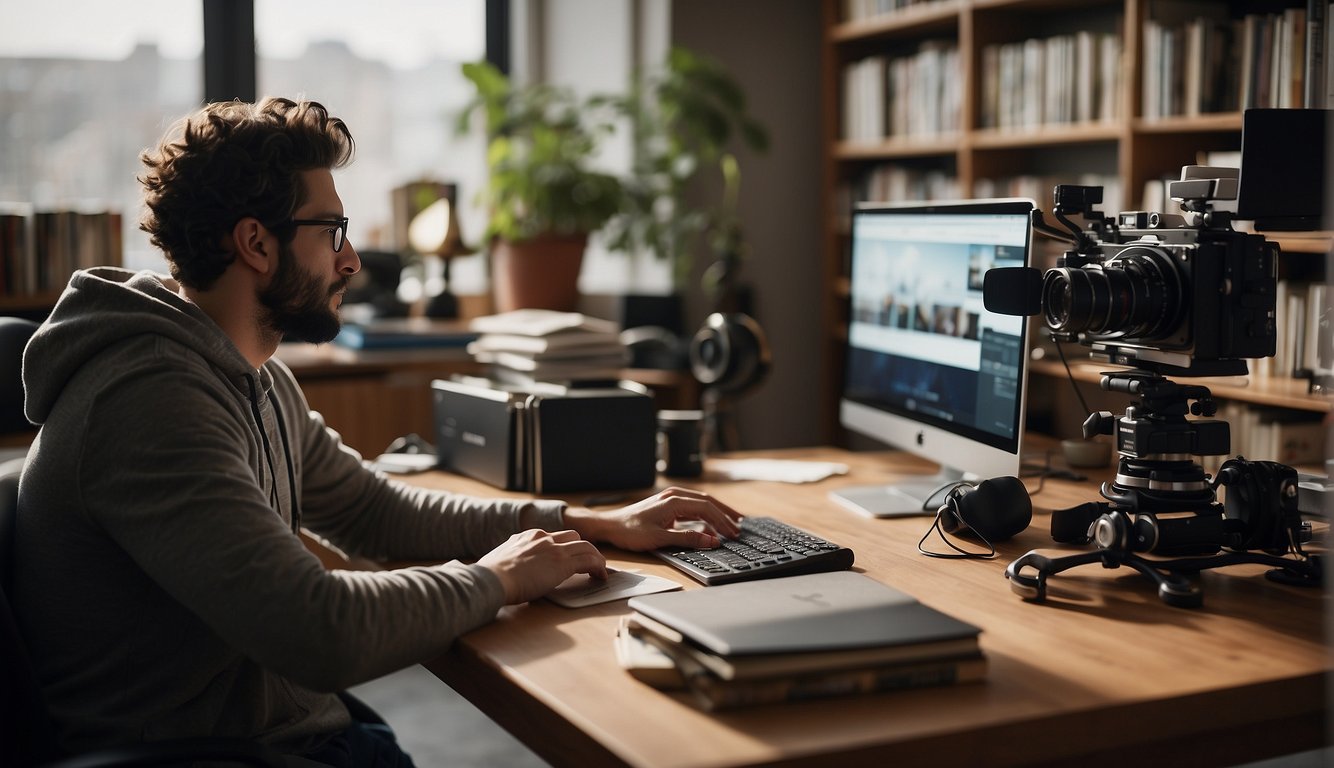
History and Evolution of Documentaries
Documentaries have been around for over a century, with the first known documentary being “Nanook of the North,” released in 1922. Since then, documentaries have evolved with technology and social changes. In the 1960s and 1970s, the advent of portable cameras and sound equipment allowed for more intimate and personal documentaries.
In recent years, documentaries have become more popular with the rise of streaming platforms such as Netflix and Amazon Prime.
Types of Documentary Films
There are several types of documentary films, including observational, participatory, expository, and poetic documentaries.
- Observational documentaries capture real-life situations without any interference from the filmmaker.
- Participatory documentaries involve the filmmaker interacting with the subjects.
- Expository documentaries use voice-over narration to provide information.
- Poetic documentaries use visuals and music to create a mood or feeling.
The Role of a Documentary Filmmaker
The role of a documentary filmmaker is to tell a story using real-life situations and events. The filmmaker must conduct research, interview subjects, and gather footage to create a compelling story.
The filmmaker must also decide on the type of documentary they want to create and choose the appropriate equipment and techniques to achieve their vision. The filmmaker needs to remain objective and not manipulate the footage to fit their agenda.
Pre-Production Essentials
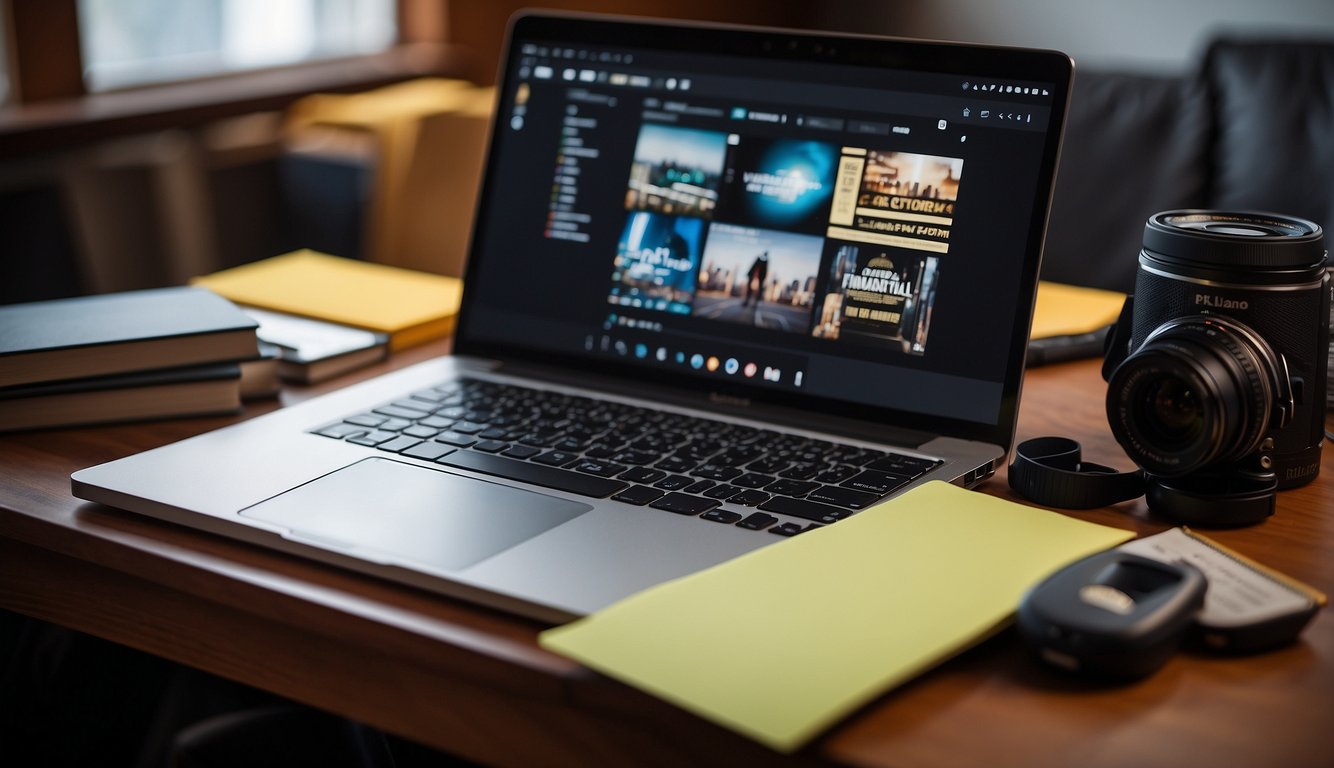
Before you start shooting your documentary, there are some essential steps you need to take to ensure a successful production. The pre-production phase is where you lay the groundwork for your film, and it’s crucial to get it right.
Research and Development
The first step in pre-production is to research your topic thoroughly. You need to understand the subject matter of your documentary inside and out.
This includes reading books, watching videos, and conducting interviews with experts in the field. The more you know about your topic, the better equipped you’ll be to tell a compelling story.
Writing a Compelling Proposal
Once you have a good understanding of your topic, it’s time to write a proposal for your documentary. This proposal should outline your vision for the film, including the story you want to tell, the people you want to interview, and the locations you want to film. It should also include a budget and a timeline for the project.
Securing Funding and Budgeting
Once you have a proposal in place, you need to secure funding for your documentary. This can be a challenging task, but there are many different avenues you can explore, including grants, crowdfunding, and private investors.
You’ll also need to create a budget for your film, which should include all of your expenses, from equipment rentals to travel costs.
Casting and Crew Selection
Finally, you need to cast your documentary and select your crew. This includes finding the right people to interview on camera, as well as hiring a director of photography, sound engineer, and other key crew members. It’s essential to find people who are passionate about your project and who share your vision for the film.
By following these pre-production essentials, you’ll be well on your way to creating a successful documentary. Remember to take your time and do your research, and don’t be afraid to ask for help when you need it. With a little bit of hard work and dedication, you can create a documentary that will inform, inspire, and entertain audiences for years to come.
Production Techniques
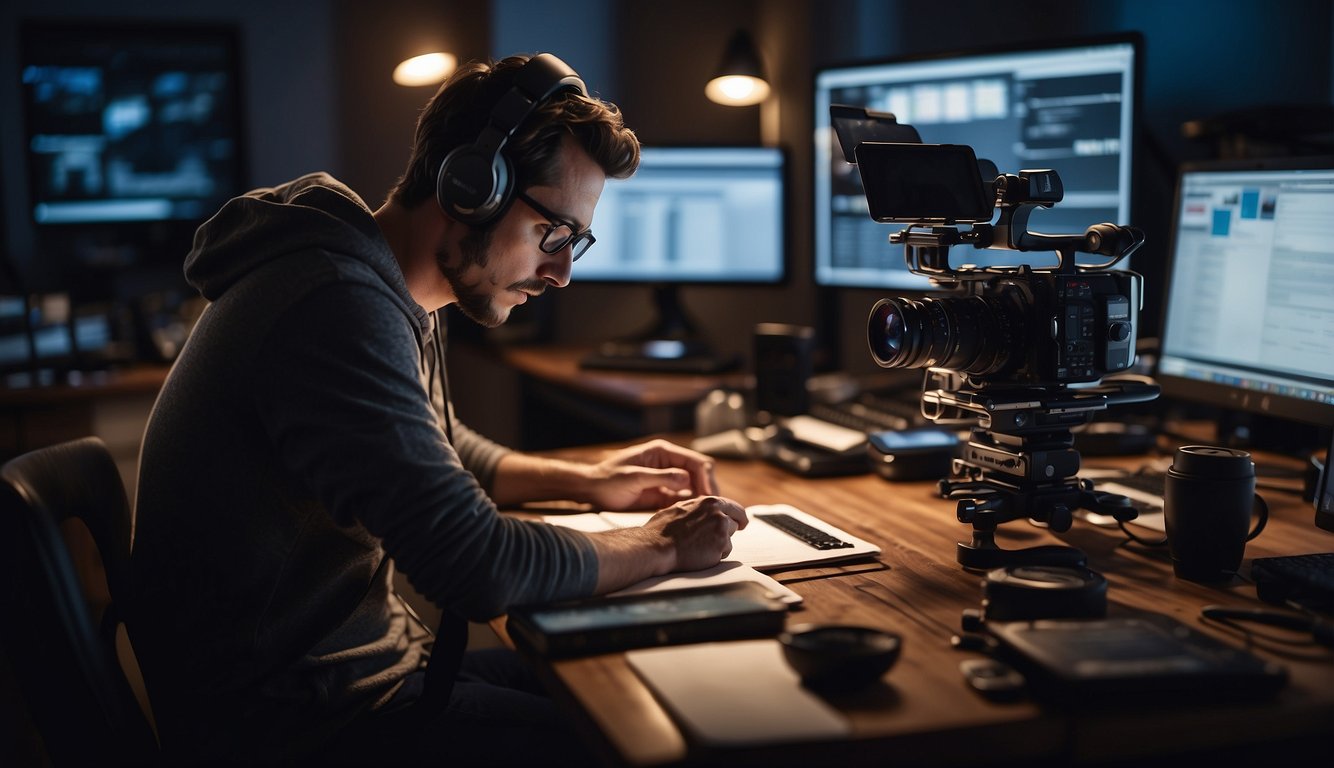
Documentary filmmaking requires a wide range of production techniques to bring your vision to life. Here are some essential techniques to keep in mind when producing your documentary:
Fundamentals of Cinematography
Cinematography is the art of capturing moving images on film or digital media. As a documentary filmmaker, it’s important to understand the basics of cinematography to create visually compelling stories.
Some of the fundamental techniques include framing, composition, lighting, and camera movement. You should experiment with different camera angles and movements to create a dynamic visual language that complements your story.
Audio Recording and Sound Design
Audio is a crucial element in documentary filmmaking, and poor audio quality can ruin an otherwise great film.
To capture high-quality audio, you should invest in a good microphone and learn how to use it properly. You should also pay attention to sound design, which involves adding sound effects, music, and other audio elements to enhance your story.
Interviewing Subjects
Interviews are a common element in documentary filmmaking, and conducting a successful interview requires a specific set of skills.
You should prepare a list of questions in advance and make sure your subject is comfortable before starting the interview. You should also listen carefully to your subject’s answers and follow up with additional questions to get more detailed responses.
Filming On Location
Filming on location can be challenging, but it’s an essential part of documentary filmmaking. You should scout your location in advance and plan your shots accordingly. You should also be prepared for unexpected events and have backup plans in case of equipment failure or other issues.
Additionally, you should be respectful of the people and places you are filming and obtain any necessary permits or permissions before filming.
Post-Production Workflow
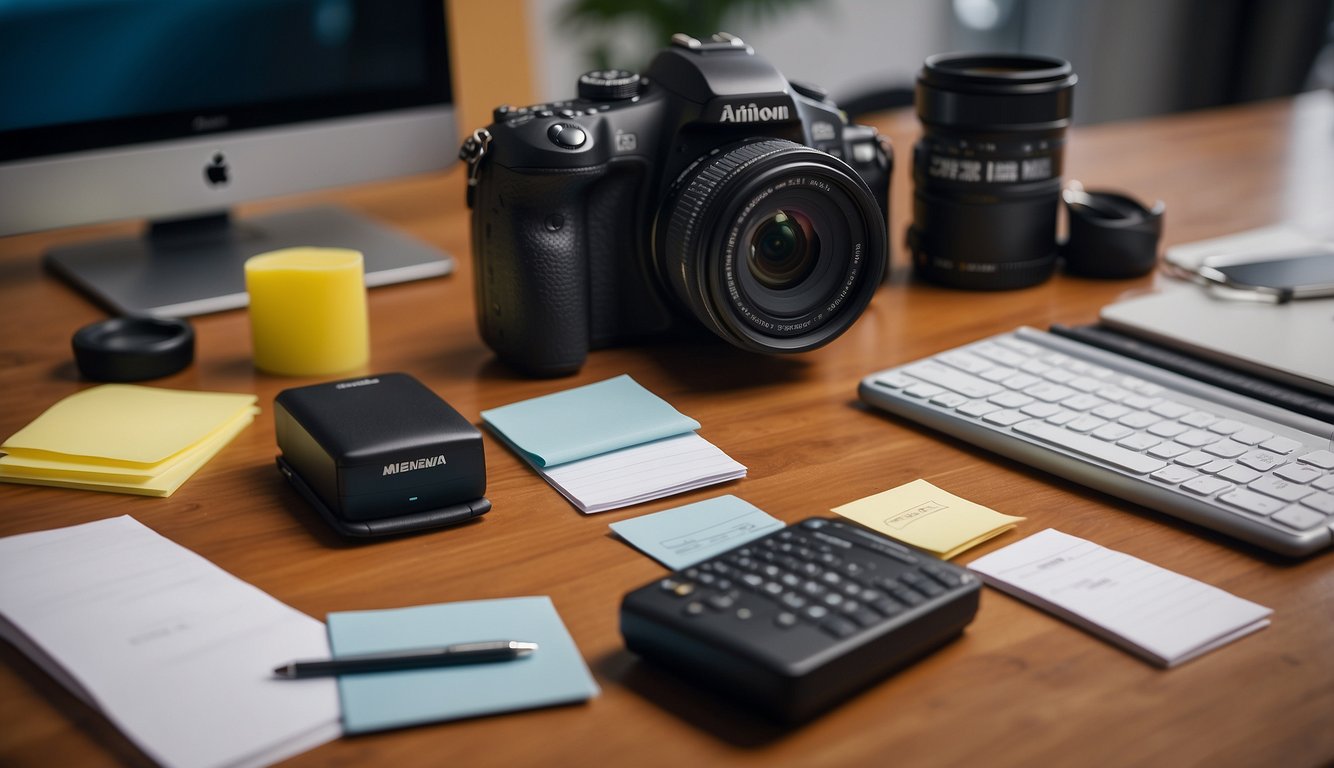
Once you have captured all the footage and audio for your documentary, it’s time to start the post-production process. This is where you will take all the raw material and turn it into a polished, cohesive film. Here are the key steps to follow in the post-production workflow:
Editing Documentary Footage
The first step in post-production is to edit your footage. This involves selecting the best takes, cutting out any unnecessary footage, and arranging the remaining clips into a coherent story. You can use a variety of editing software, such as Adobe Premiere Pro or Final Cut Pro, to accomplish this task.
To make the editing process more efficient, it’s a good idea to label and organize your footage before you start. You can create folders for different scenes or interviews and label each clip with a descriptive name. This will make it easier to find the footage you need when you’re editing.
Narration and Voice-over
Once you have edited your footage, you may want to add narration or voice-over to your film. This can help to provide context, explain complex concepts, or tie together different scenes. You can record your narration or hire a professional voice actor to do it for you.
When recording narration or voice-over, it’s important to use a high-quality microphone and record in a quiet environment. You can also use filters and effects to enhance the sound quality and remove any unwanted background noise.
Music and Soundtrack
Music and sound effects can add depth and emotion to your documentary. You can use royalty-free music libraries or hire a composer to create an original soundtrack for your film. When choosing music, it’s important to select pieces that fit the tone and mood of your documentary.
When adding music and sound effects, it’s important to mix them at the appropriate levels. You don’t want the music to overpower the dialogue or other sounds in your film.
Color Correction and Grading
Finally, you will need to color correct and grade your footage. This involves adjusting the color and brightness of each clip to create a consistent look throughout your film. You can use software like DaVinci Resolve or Adobe SpeedGrade to accomplish this task.
When color grading, it’s important to consider the mood and tone of each scene. You may want to use warm colors for happy or uplifting scenes and cool colors for sad or serious scenes. By carefully color grading your footage, you can create a visually stunning documentary that engages and captivates your audience.
Distribution and Marketing
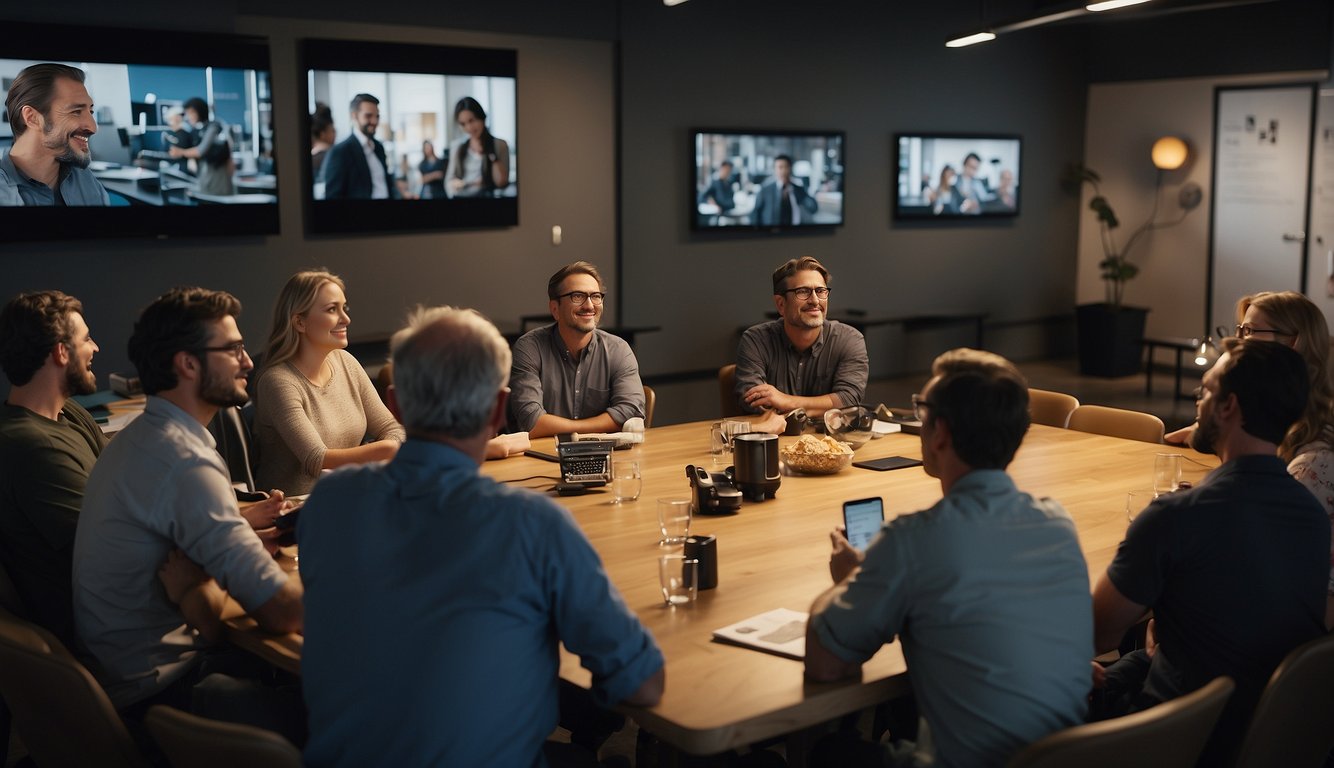
Once you have completed your documentary film, the next step is to distribute and market it to reach a wider audience. Here are some strategies to help you get started:
Film Festivals and Competitions
Submitting your film to film festivals and competitions is a great way to get exposure and recognition for your work.
Research different festivals and competitions that align with your film’s genre and message, and submit your film according to their guidelines and deadlines. Winning or being selected for a festival can help increase your film’s visibility and credibility and potentially lead to distribution deals.
Digital Platforms and Social Media
In today’s digital age, it’s important to take advantage of online platforms and social media to promote your film. Consider uploading your film to streaming platforms like Vimeo or YouTube or partnering with distribution companies like FilmFreeway or Distribber to get your film on popular streaming services like Netflix or Amazon Prime.
Additionally, creating social media accounts for your film and, regularly posting updates, behind-the-scenes content, and engaging with your audience can help build buzz and attract new viewers.
Outreach and Audience Engagement
Engaging with your audience is crucial for building a loyal fanbase and generating word-of-mouth buzz.
Consider hosting screenings and Q&A sessions in your local community or partnering with organizations and groups that align with your film’s message. Additionally, creating educational resources and discussion guides can help facilitate conversations and deepen the impact of your film.
By utilizing these strategies, you can effectively distribute and market your documentary film to a broader audience and make an impact with your message.
